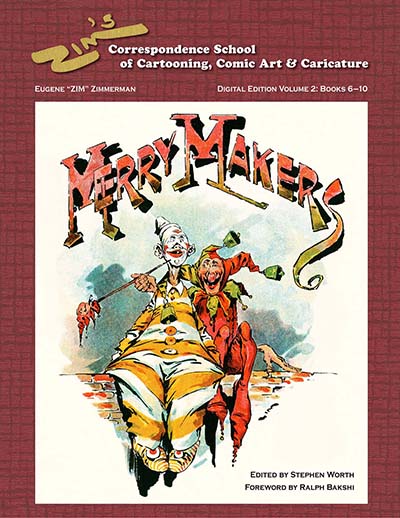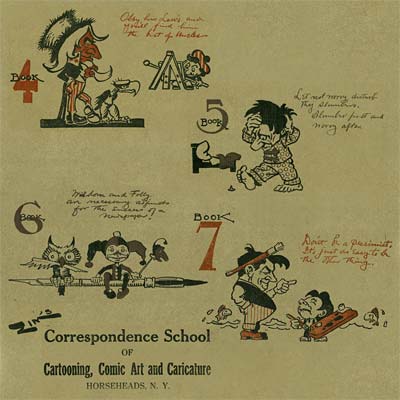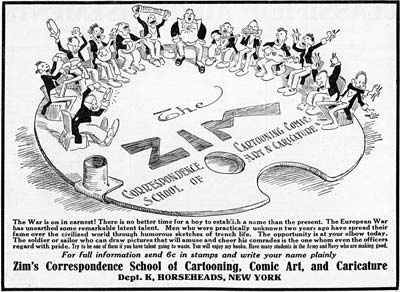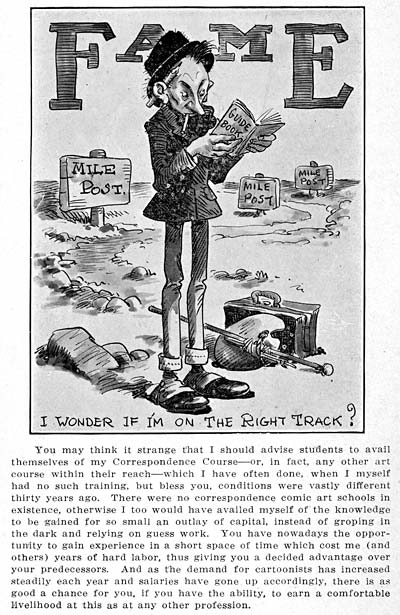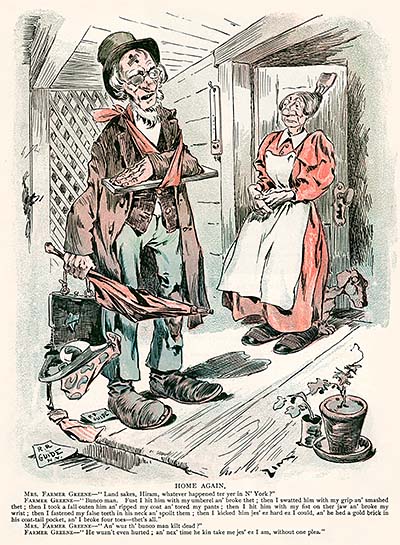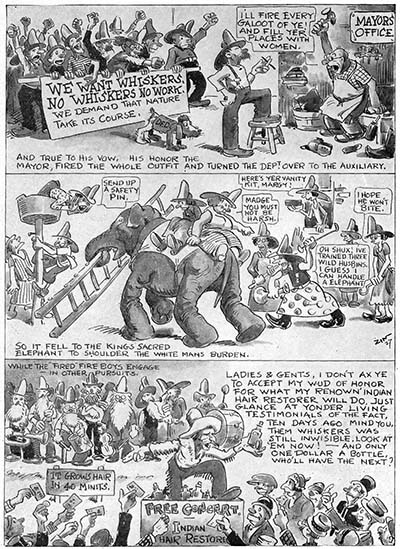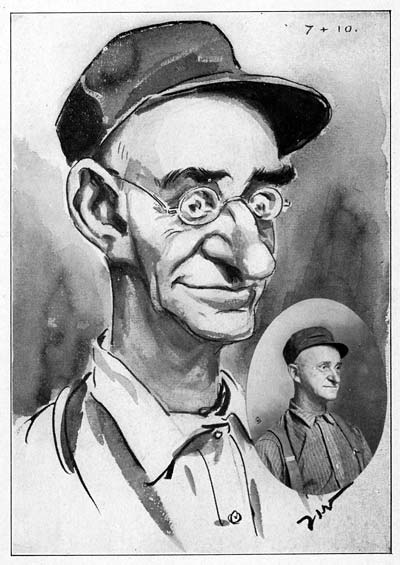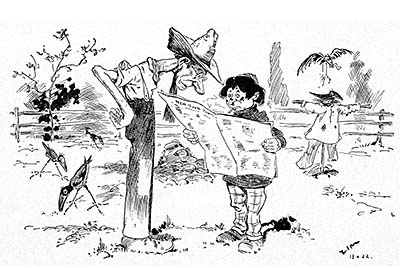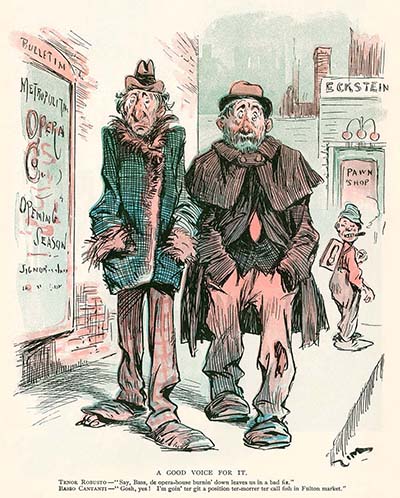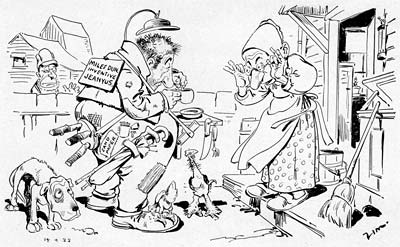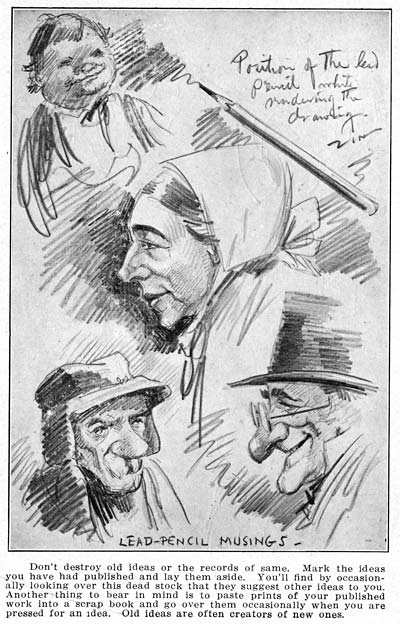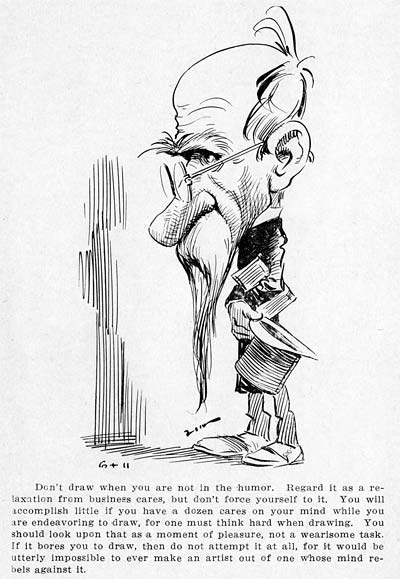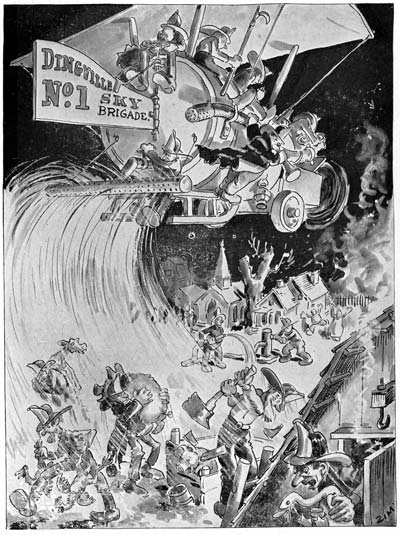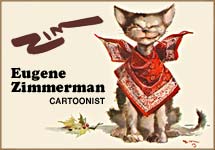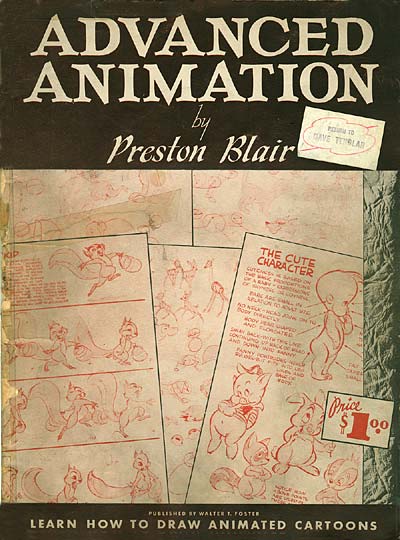
Animation Resources has created a lesson plan based on Preston Blair’s classic book, “Advanced Animation”. The course is designed to teach students the fundamental skills that animation professionals use in their jobs each and every day. The course covers volumetric drawing, construction, clear silhouettes, line of action, posing, expression and much more. This course is valuable for other types of artists as well. Cartooning and illustration require the same fundamental skills. It’s never too late to brush up on the fundamentals.
Apply To Join This FREE Online Course!
Submissions are being accepted to join this free online self-study course. If you are interested, Lesson 00 is your entry test. Work on the lesson until you feel you have completely mastered it, and submit a clear image of your BEST bear head for review to our Discord “Get Critique” channel. (Only one drawing- your BEST!) The professional animators representing Animation Resources on Discord (Davey Jarrell, Taber Dunipace and David “Pez” Hofmann) will be reviewing the submissions and providing critique so you can complete the first lesson. If you qualify, you will be assigned a private mentor to continue the course.
There is no charge for these lessons, but keep in mind that this is SELF-STUDY, not a school where teachers supervise you as you work. You will be expected to be self-motivated and work hard on your own to solve the problems in each lesson. We will provide instructions and occasional guidance, but advancing to the next step in the course is up to you. This may be the most difficult skill to learn that you have ever worked to acquire. It generally takes students two or three months, just to complete the bear head lesson. To complete the rest of the lessons, it may take you a year or more. Dedication and perseverance are essential to your success.
INTRODUCTION
Animation Resources’ course begins with the construction of a simple head and builds upon that, adding new challenges with each lesson. Practice each lesson until you master it and it becomes second nature. If you get impatient and skip forward, you won’t get anything out of your studies.
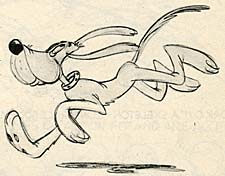
 As you may have already noticed, the examples provided in these lessons are drawn in an old fashioned funny animal style. You may have no interest in learing to draw in this style. We understand completely that you might want to work in a more contemporary style of drawing, and we encourage that. But the underlying principles Preston Blair’s drawings illustrate are invaluable and they apply to many different styles, old and new. The principle advantage of learning using these particular designs is their simplicity. It’s important to learn the basics using simple volumetric shapes before venturing into more complex forms.
As you may have already noticed, the examples provided in these lessons are drawn in an old fashioned funny animal style. You may have no interest in learing to draw in this style. We understand completely that you might want to work in a more contemporary style of drawing, and we encourage that. But the underlying principles Preston Blair’s drawings illustrate are invaluable and they apply to many different styles, old and new. The principle advantage of learning using these particular designs is their simplicity. It’s important to learn the basics using simple volumetric shapes before venturing into more complex forms.
Lesson O: The Bear Head
Lesson Supervised by JoJo Baptista
In this lesson you are learning volumetric construction, hierarchy of forms, and proportions.
This exercise is a qualifying round. It’s learning to draw a volumetric shape composed of one simple form- the bear head.

Follow these steps:
- Start with the largest shapes first, and work your way down to the details. The first step is to draw a perfect circle, however you’ll see that it’s not a flat shape. It’s a sphere.
- Next add the guidelines on the sphere following the curvature of the sphere vertically. The guide lines will help you visualize the head as a volume, not a flat shape on your paper. They will also help you judge the proportions so your features fall in the same place on the sphere each time.
- Now wrap a guideline around the form horizontally. You have created a volumetric sphere.
- When the basic volume of the head is clearly defined, you can move on to the secondary forms. Attach the muzzle to the sphere. The muzzle is volumetric and wraps around the surface of the sphere. It’s not floating in space and it isn’t a flat shape on top of the form. When you have constructed the muzzle properly, you can begin to wrap the eyes around the form. Use the guide lines as an aid to turn the eyes around the shape.
- The last step is to anchor the details to the forms you’ve just constructed. For example, the pupils follow the form of the eyes, and the mask around the bear head’s eyes and mouth wrap along the surface of the form. The eyebrows do as well. Even the small bits of fur are anchored to the main shape of the ear. Can you guess what the basic shape of the ears looks like without the details?
- Remember: Nothing is floating in space. It all wraps around the form.
SOME TIPS:
When you animate, it’s important to start with the largest forms first. An animator designs the basic rough pass of the movement using just the primary shapes. If you start with details first, it’ll be a lot more difficult to manage your drawings. Features will tend to slide around as the character moves because they aren’t anchored to the forms first.
If you’re having trouble controlling the volumetric wrapping, I suggest drawing just the first few steps as many times as possible until you feel comfortable enough to proceed to the next steps.
Accuracy is also important in animation. If your drawings fluctuate from drawing to drawing, your animation will shimmer and shake. In order to get your drawings to flow from one to the next, you have to have complete control. You have to aspire to being able to draw the bear *perfectly*. This isn’t about interpreting the bear in your style. It’s about being able to precisely construct it so it comes out exactly the same every time.
Don’t draw just one bear head. Draw it many times. Note your mistakes and correct them the next time. With each attempt the process will be ingrained deeper and deeper into your mind. It will take hundreds of carefully drawn bear heads to get to where you need to be to advance to the next lesson. Get to work! –JoJo Baptista, Supervisor of the Course
WHEN YOU ARE DONE
When you have completed this exercise and you’re satisfied that you have perfectly mastered the concepts in this lesson, log in to the Animation Resources Discord “Get Critique” channel. Post a clear image of your BEST bear head, and ask the staff to review it for you. Don’t post your work until you are confident that it perfectly satisfies the instructions in this lesson.
Preston Blair’s Advanced Animation
(First Edition)
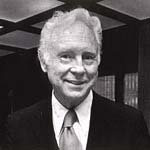
 Preston Blair was one of the finest draftsmen to have ever worked in the field of animation. He animated Mickey Mouse in "Sorcerer’s Apprentice", and he was one of the top animators at MGM, where he animated the legendary Red Hot Riding Hood. His book, titled simply "Animation" crystalized the basic principles of cartoon animation, and profoundly influenced a whole generation of young animators. He passed away in 1995.
Preston Blair was one of the finest draftsmen to have ever worked in the field of animation. He animated Mickey Mouse in "Sorcerer’s Apprentice", and he was one of the top animators at MGM, where he animated the legendary Red Hot Riding Hood. His book, titled simply "Animation" crystalized the basic principles of cartoon animation, and profoundly influenced a whole generation of young animators. He passed away in 1995.
Preston Blair’s book “Advanced Animation” is one of the best books on the subject. It is the text Animation Resources’ drawing course is based upon. When Blair put the book together in 1947, he used the characters he had animated at Disney and MGM to illustrate the various basic principles of animation. Apparently, the rights to use some of the characters were revoked after the book was already in the stores. Publication was halted for a time, and he was forced to redraw most of the MGM characters, replacing them with generic characters of his own design. The revised edition went on to become a classic, and the first edition was forgotten.
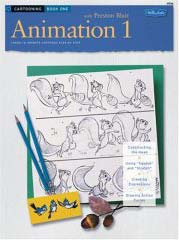

 To participate in this online drawing course, you will need to get a copy of Preston Blair’s Animation (Book 1).
To participate in this online drawing course, you will need to get a copy of Preston Blair’s Animation (Book 1). You can order the revised edition through this Amazon link, or you should be able to find it at your local art store. Below is a link to a PDF of the rare first edition we will be using for our examples in this course. This PDF is set up so you can take it to your local copy shop and have them print it out on 11 x 17 paper. You should have a paper copy of the book to work with. Below the link to the PDF are JPEGS of all of the pages from the first edition of Advanced Animation.
You can order the revised edition through this Amazon link, or you should be able to find it at your local art store. Below is a link to a PDF of the rare first edition we will be using for our examples in this course. This PDF is set up so you can take it to your local copy shop and have them print it out on 11 x 17 paper. You should have a paper copy of the book to work with. Below the link to the PDF are JPEGS of all of the pages from the first edition of Advanced Animation.
Preston Blair’s Advanced Animation PDF

PDF File / 26 Pages / 22.5 MB Download
To download, RIGHT CLICK on the link (Mac users OPTION CLICK)
and select SAVE TO DISK.
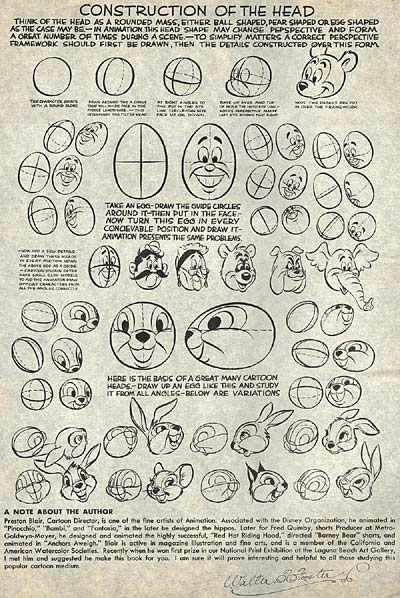
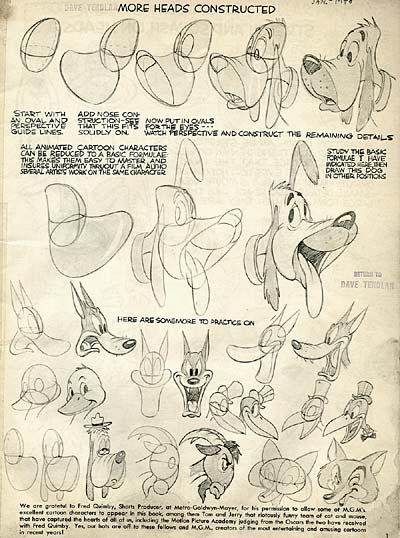
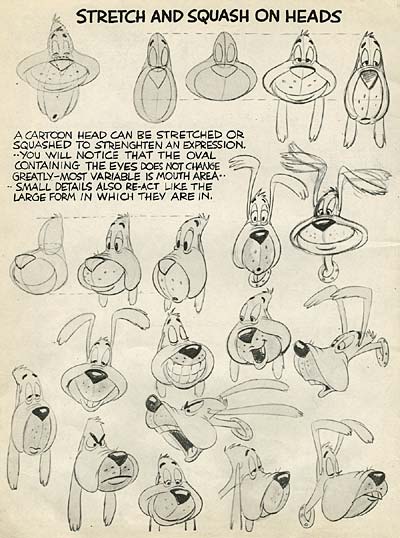
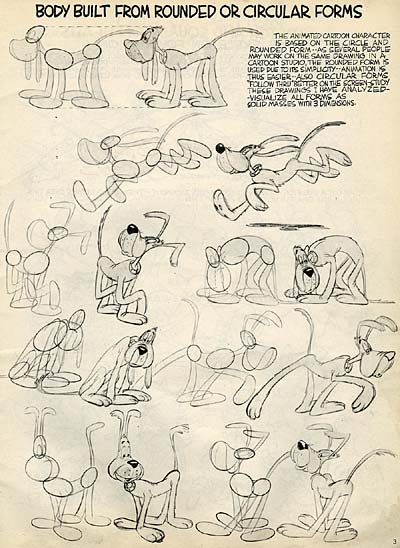

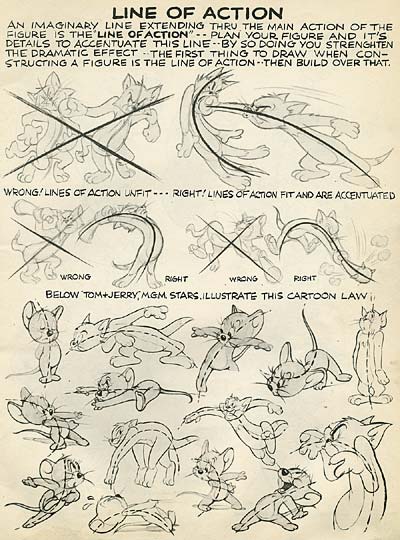
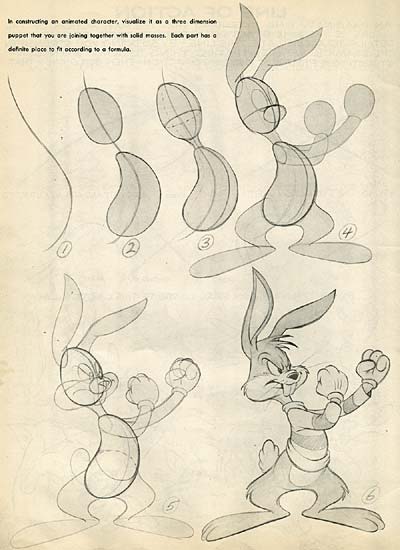
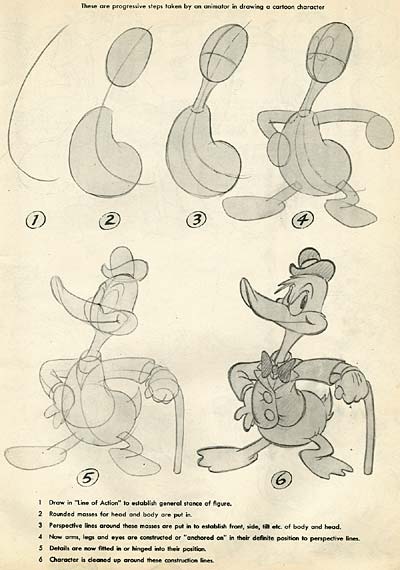
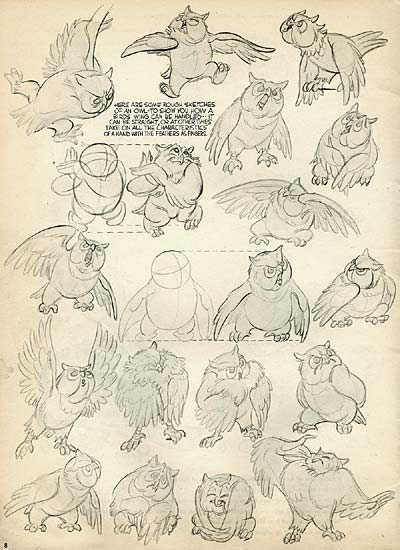
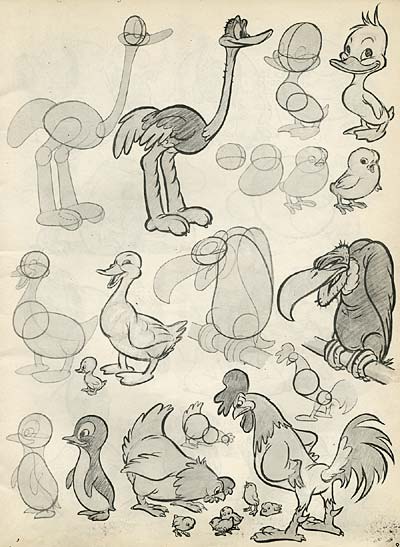
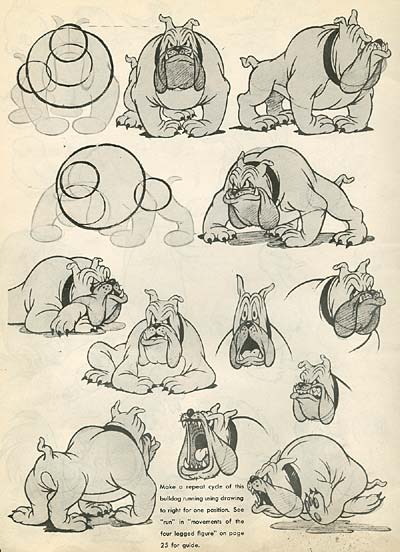
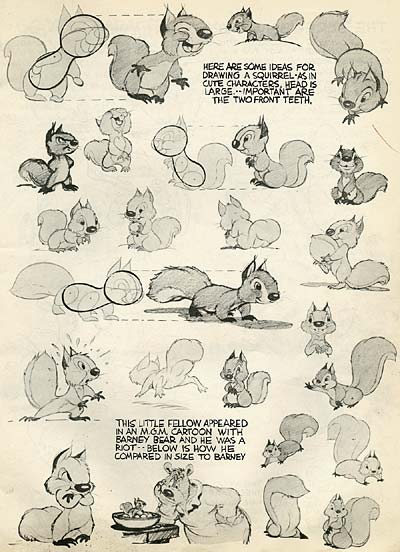
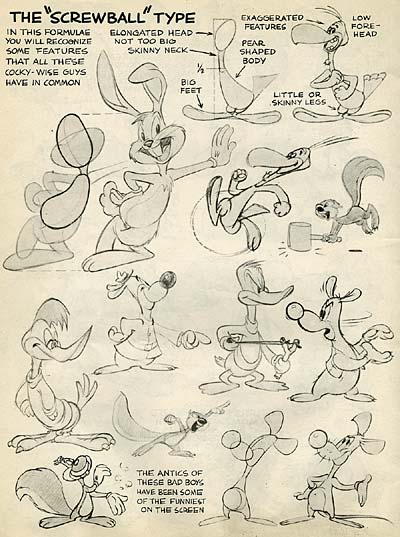
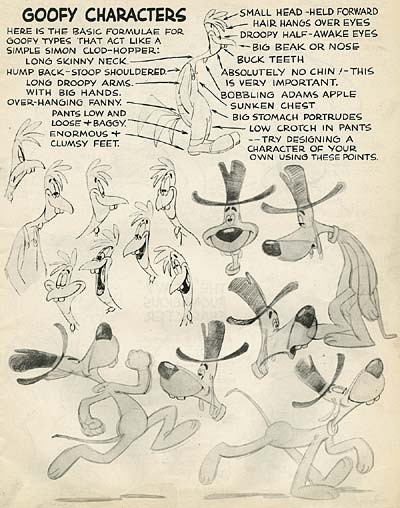
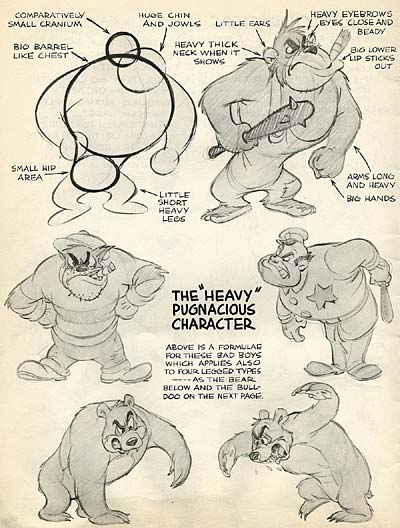
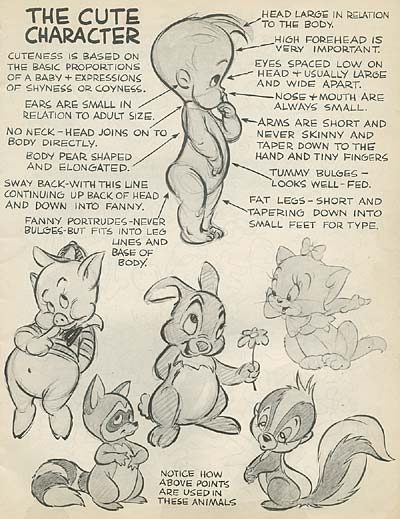
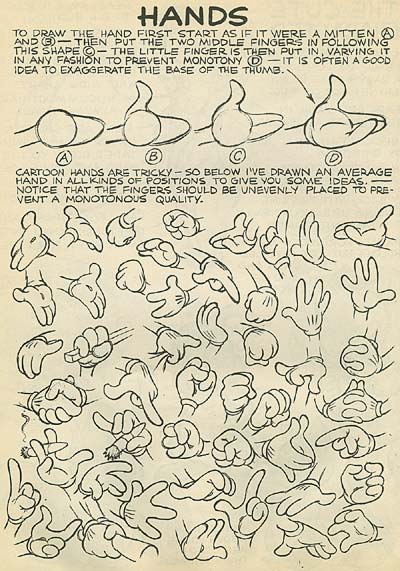
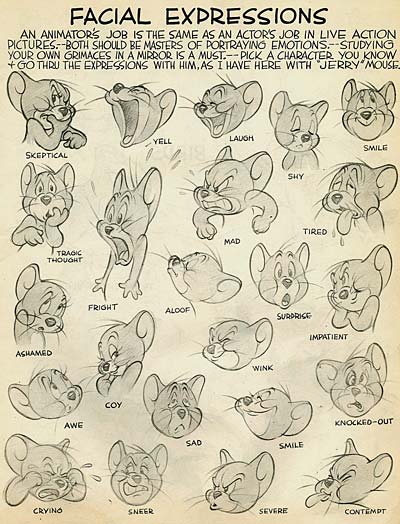
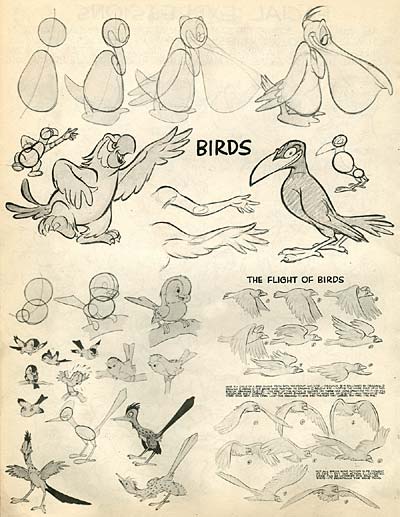
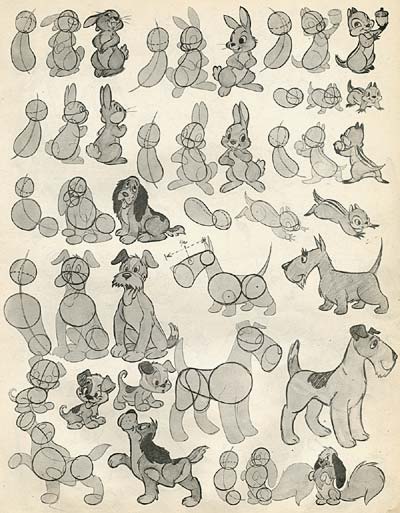
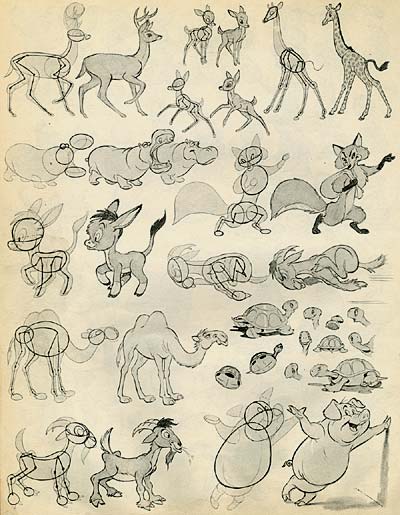
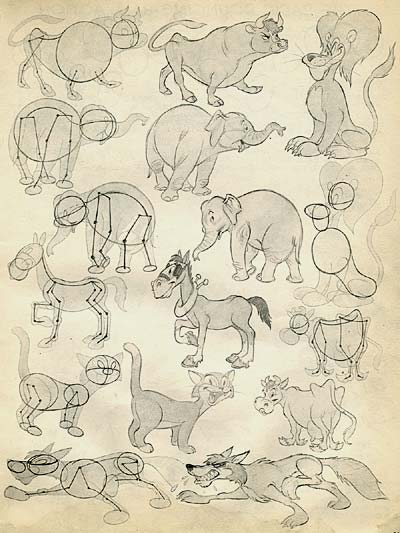
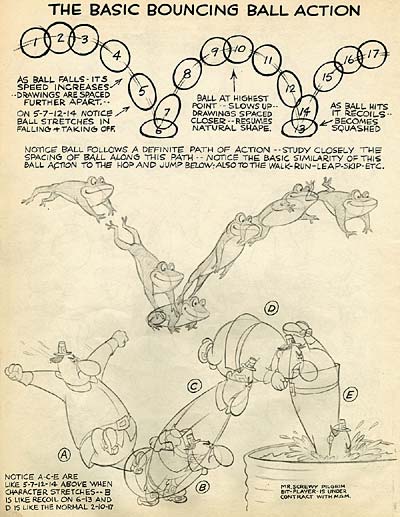
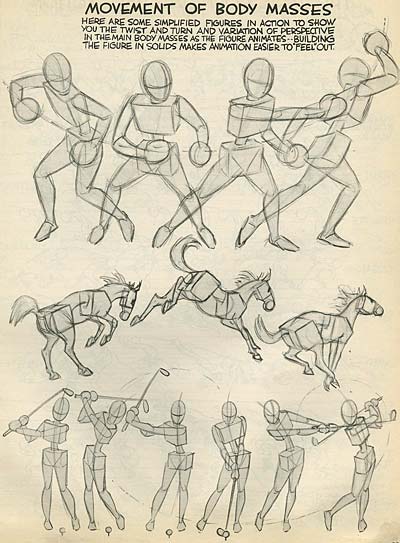
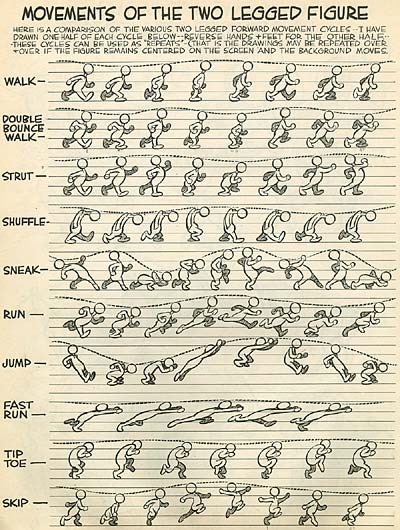
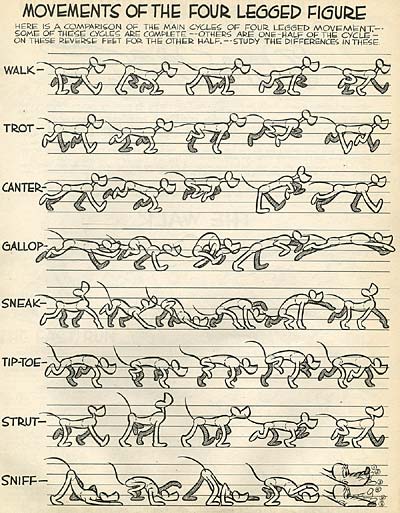
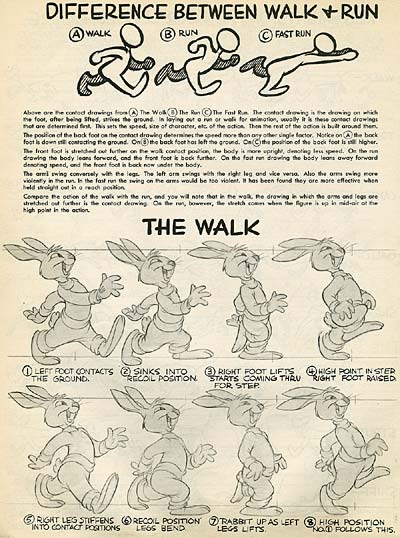
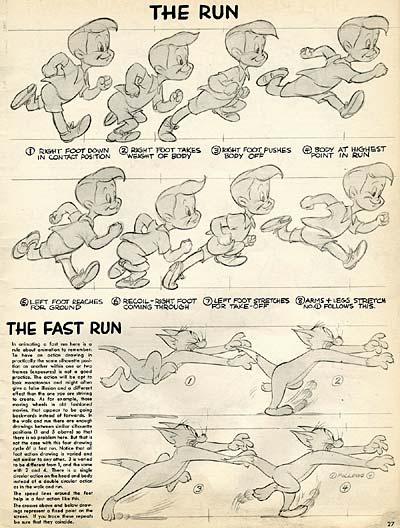
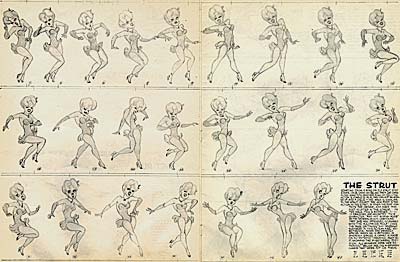
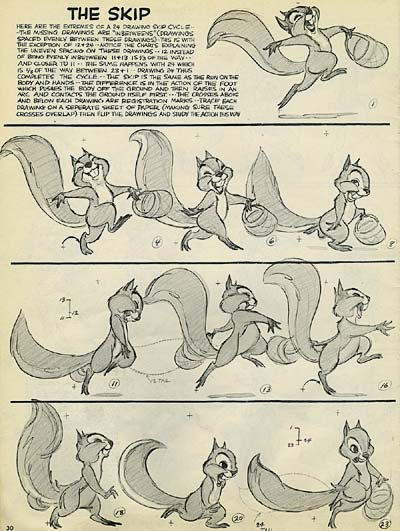
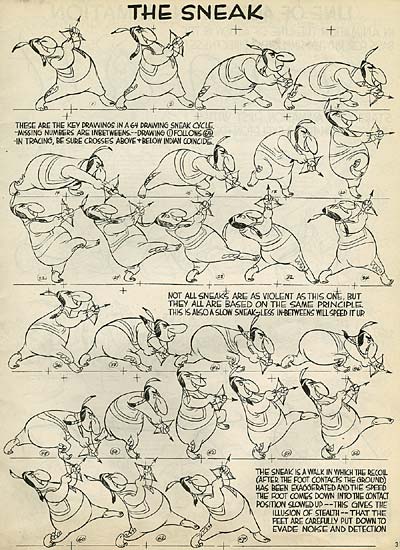
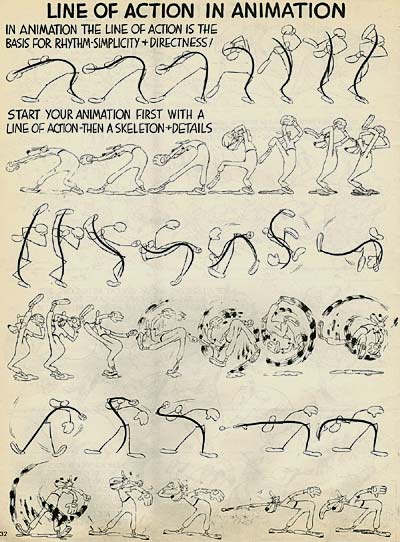
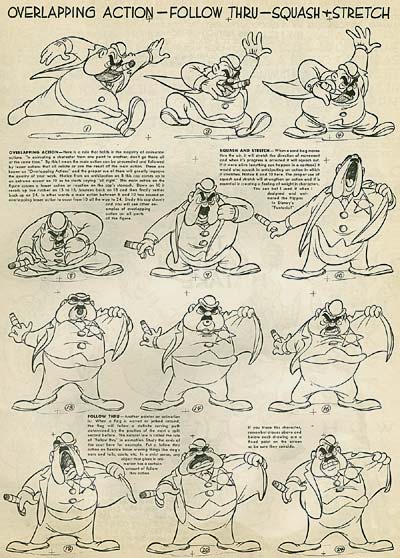
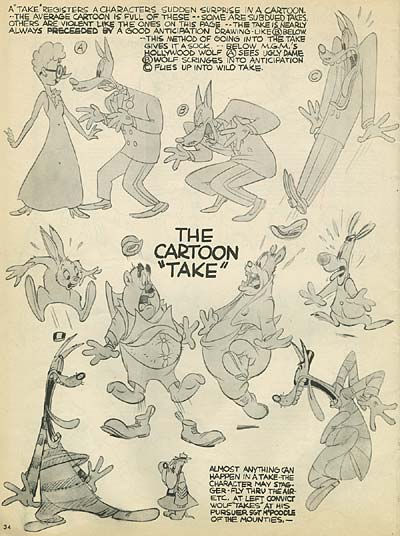
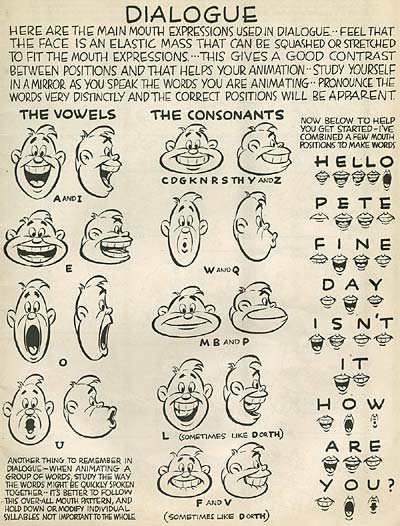
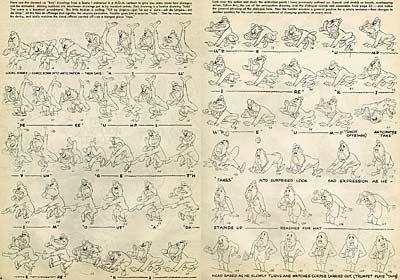
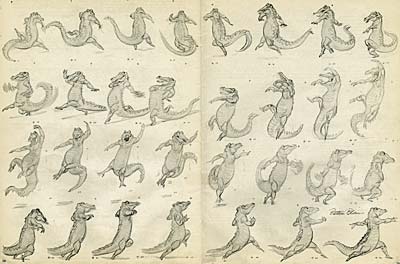
Here are a couple of comments about Preston Blair’s book from animation professionals…
"I began making animated films while I was a student at Santa Barbara Junior High School many, many years ago. The only text book I had was Preston Blair’s animation book. Honestly, it was all I needed to get started. I can’t remember how many copies of this book I’ve purchased over the years to give to young kids with an interest in animation. The book is pure gold." —Floyd Norman
"A lot of young artists look at the Preston Blair book as some sort of archaic and old-fashioned irrelevant text. Almost as though learning these lessons will ruin their “style”. This of course is the folly of youth. The ability to draw like Preston Blair, using all the tips in the book gives you the strength to do ANYTHING." —Nick Cross
"Many thanks on your posting of the original version of the Preston Blair animation book. If that’s not worth a contribution to your cause, nothing is. Keep up the good work." —Paul Dini
If you don’t have Preston Blair’s book yet,
ORDER IT NOW!
No cartoonist should be without it.
Stephen Worth
Director
Animation Resources


This posting is part of an online series of articles dealing with Instruction.









 by
by 
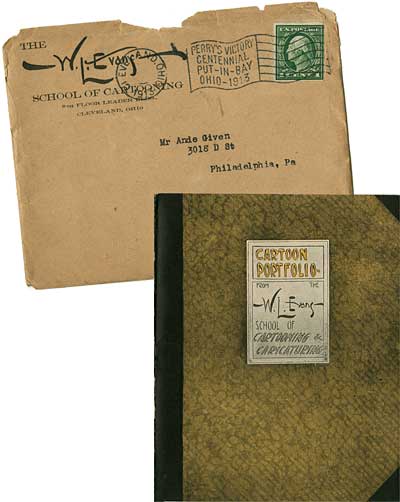
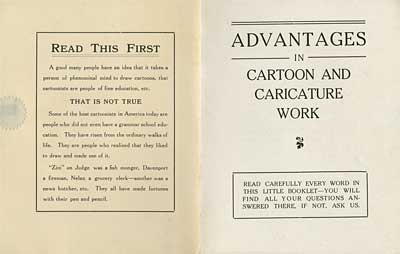
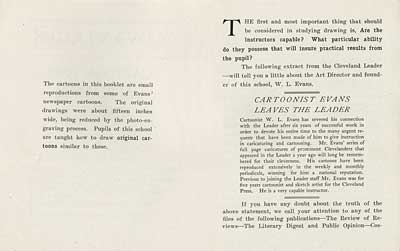
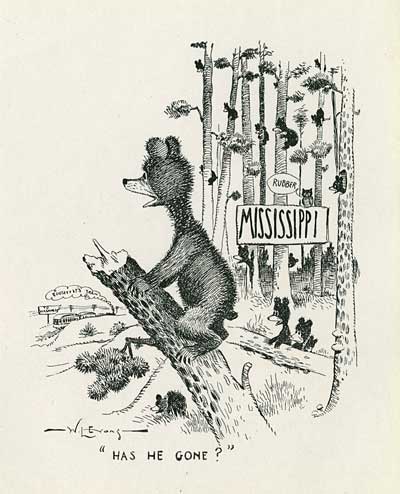
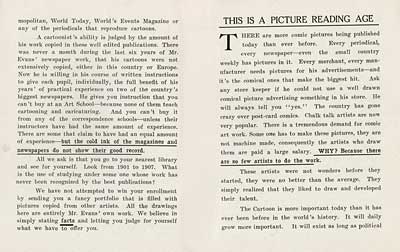
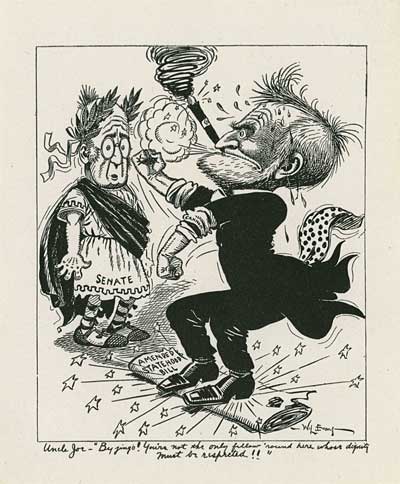
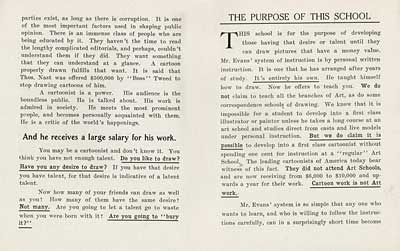
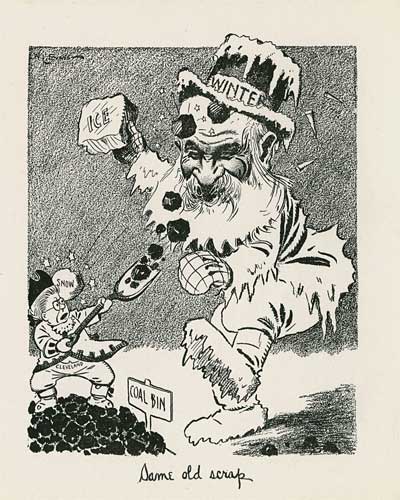
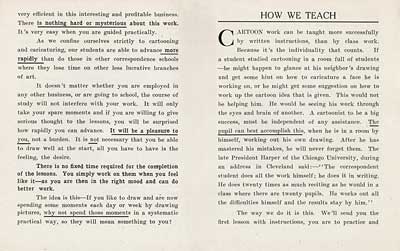
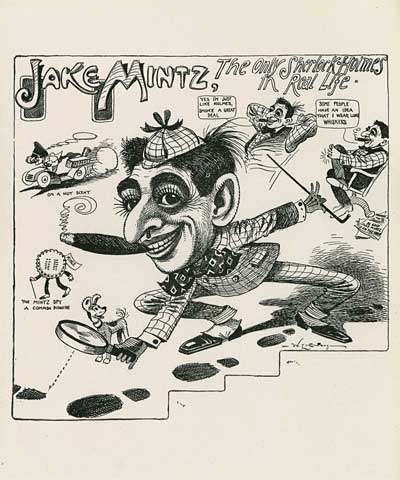
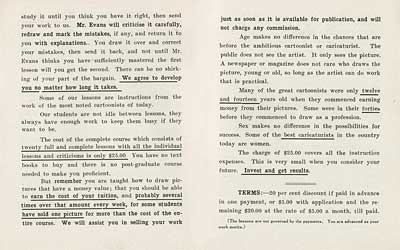
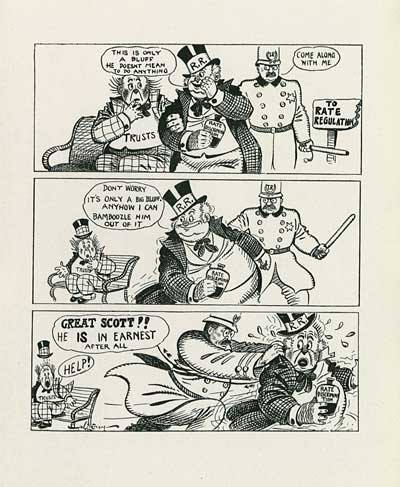
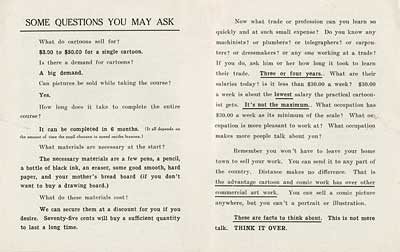
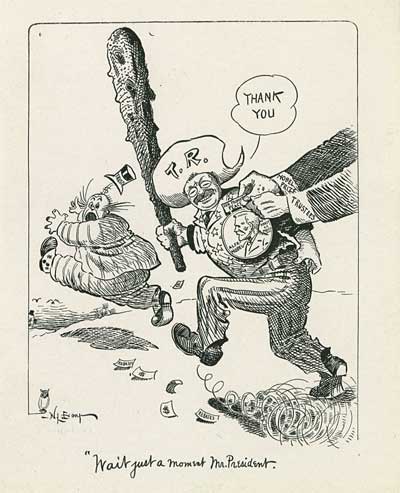
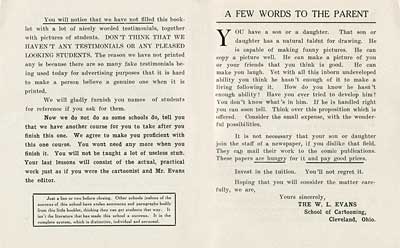
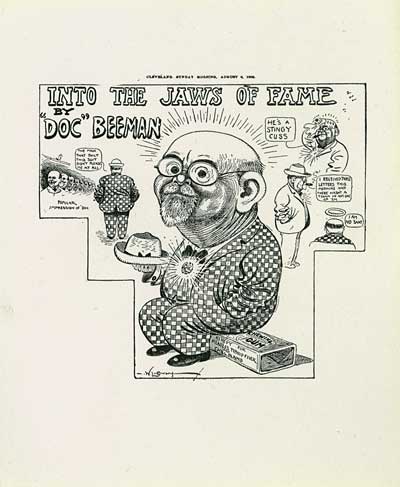
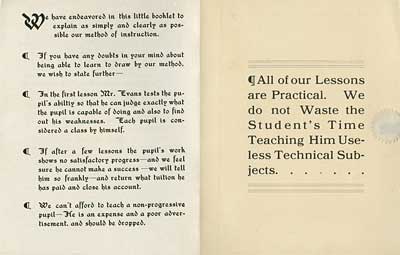
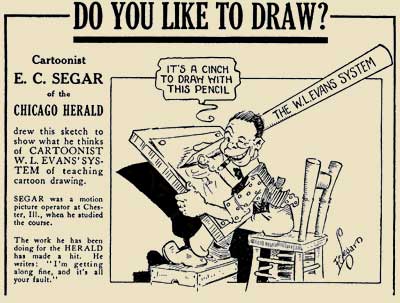
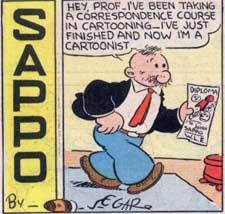
![]() Decades later, Segar made mention of his early education in his strip, Thimble Theater. In 1934, his character, Sappo took the W. L. Evans Cartooning Course and delighted readers with cartoon drawings made from letters of the alphabet. Segar wasn’t the only cartoonist who got his start with this course. Chester Gould of Dick Tracy fame was a graduate of the W. L. Evans course, as was Dennis the Menace creator, Hank Ketcham.
Decades later, Segar made mention of his early education in his strip, Thimble Theater. In 1934, his character, Sappo took the W. L. Evans Cartooning Course and delighted readers with cartoon drawings made from letters of the alphabet. Segar wasn’t the only cartoonist who got his start with this course. Chester Gould of Dick Tracy fame was a graduate of the W. L. Evans course, as was Dennis the Menace creator, Hank Ketcham.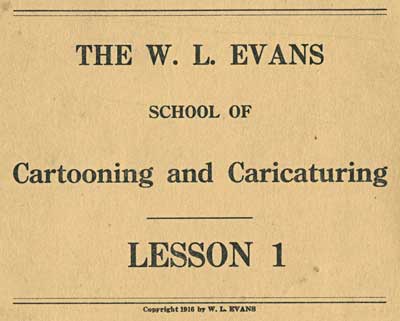
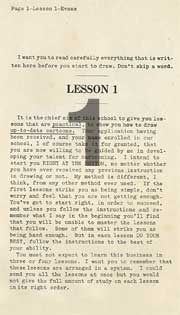
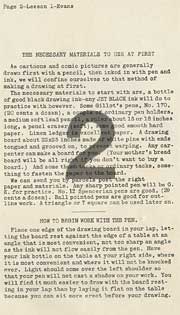
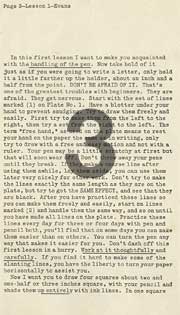
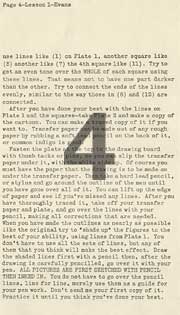
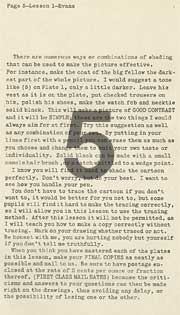
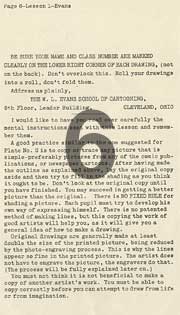
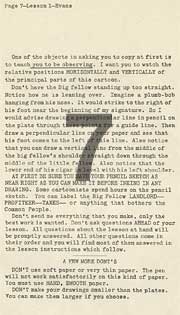
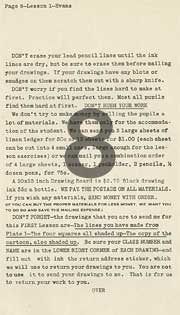
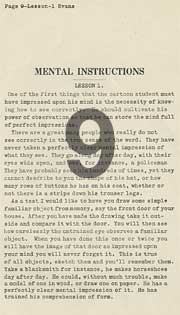
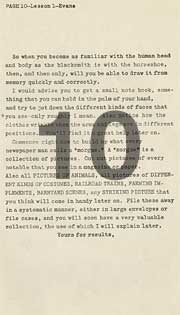
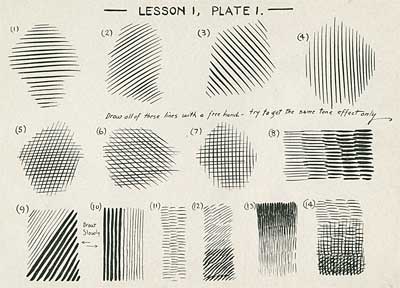
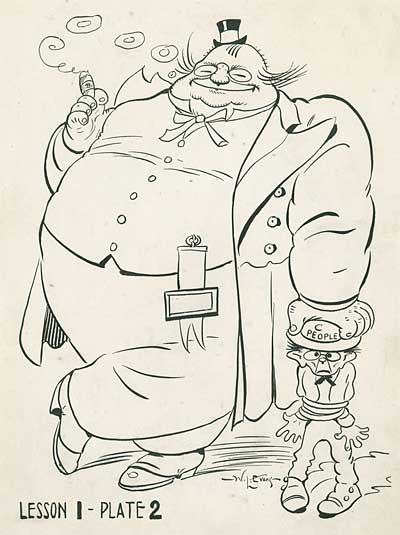
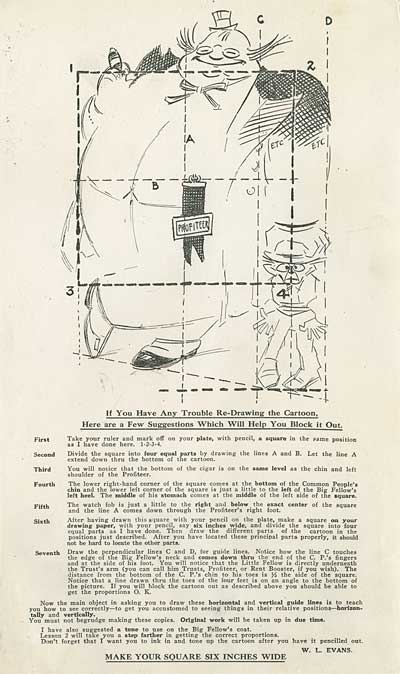

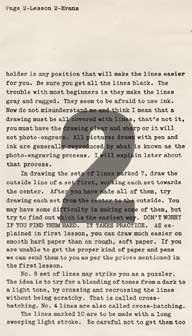
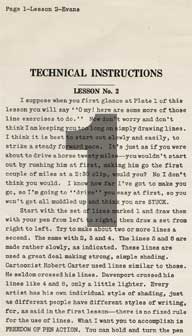
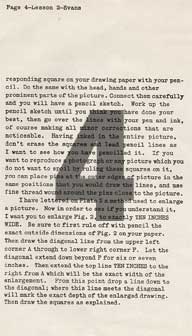
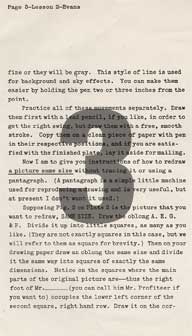
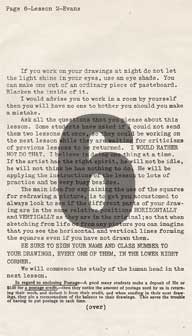
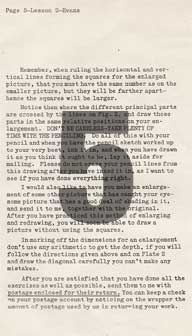
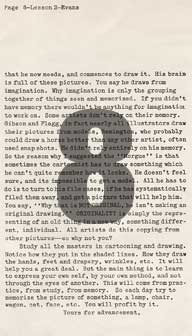
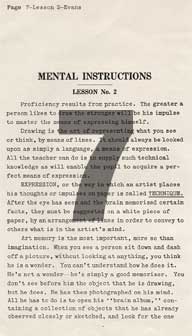
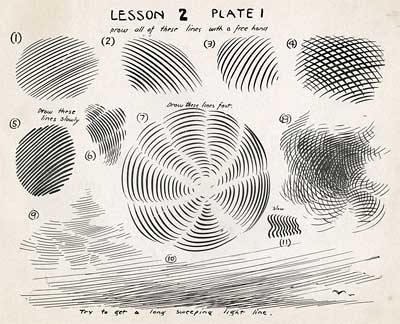
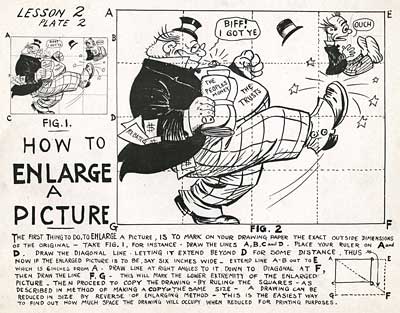

![]() STUDENT MEMBERSHIP
STUDENT MEMBERSHIP![]()
















